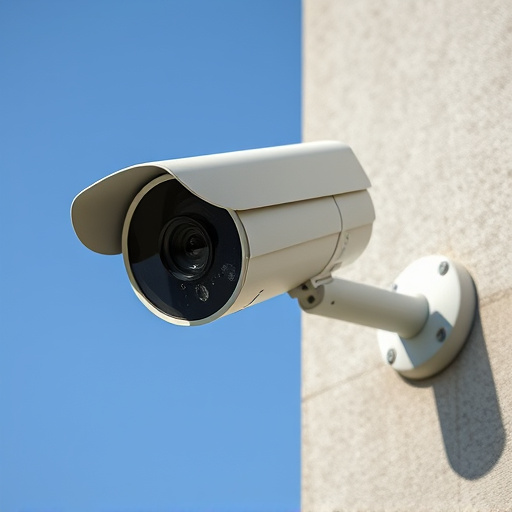Fake camera dome design ideas enhance security aesthetics by cleverly mimicking real surveillance cameras. These versatile, customizable solutions deter crime in diverse environments while maintaining subtle presences. Advanced manufacturing techniques create realistic simulations with detailed wiring patterns and strategic lighting, strategically placed to foster safety without disturbing urban landscapes.
“Discover the art of deception with fake security cameras, a unique approach to urban surveillance. In this article, we explore the creative realm of fake camera dome design ideas, offering an alternative to traditional security measures. We delve into the intricate process of simulated wiring and its role in creating visually stunning yet deceptive installations. From urban planning to aesthetic enhancement, learn how these fake cameras can seamlessly blend into their surroundings, providing both illusion and a fresh perspective on public spaces.”
- Exploring Creative Dome Designs for Fake Cameras
- Simulated Wiring: Techniques and Visual Deceptions
- Integrating Fake Security Cameras into Urban Landscapes
Exploring Creative Dome Designs for Fake Cameras
In the realm of enhancing security measures while maintaining a subtle aesthetic, fake camera dome design ideas have emerged as a creative solution. These innovative creations offer a unique twist on traditional security equipment, appealing to both homeowners seeking an added layer of protection and urban spaces looking to maintain a sleek and modern look. By mimicking the appearance of real surveillance cameras with expertly crafted dome shapes, these fakes serve as effective deterrents without compromising the overall design ambiance.
The beauty of fake camera dome designs lies in their versatility and adaptability to various environments. From residential neighborhoods to commercial districts, these simulated cameras can be tailored to fit different architectural styles and landscapes. Crafted with precision, the dome shapes range from minimalist and modern to more intricate and decorative, ensuring that a suitable option is available for every taste and setting.
Simulated Wiring: Techniques and Visual Deceptions
The art of creating a convincing fake security camera lies in its attention to detail, especially when it comes to simulated wiring. Manufacturers often employ intricate techniques to mimic real cables and connections, enhancing the overall realism. This process involves careful planning and an understanding of both the physical attributes and functional aspects of genuine security cameras. By replicating these elements, the fakes can fool even observant eyes.
One common technique is the use of fake camera dome design ideas that incorporate flexible, semi-transparent materials to create the appearance of wiring within the plastic housing. These materials allow for the sculpting of intricate patterns resembling cables and connectors. Combined with strategic lighting and clever positioning, these simulated wires become nearly indistinguishable from genuine components, adding a layer of complexity and realism to the fake camera’s overall aesthetic.
Integrating Fake Security Cameras into Urban Landscapes
Integrating fake security cameras, particularly in dome designs, into urban landscapes offers a unique and creative approach to enhancing security while adding aesthetic value. These realistic simulations can be strategically placed in public spaces, parks, and even residential areas to deter crime and create a sense of safety. With careful planning and consideration of the surrounding environment, fake camera dome ideas can blend seamlessly into the existing landscape, becoming nearly indistinguishable from genuine security equipment.
The key to successful integration lies in the attention to detail; these fake cameras must accurately mimic real-life counterparts in terms of size, shape, and placement. Using high-quality materials and advanced manufacturing techniques, creators can produce dome designs that look and feel authentic. This allows them to be mounted on existing poles or structures, adding a layer of security without disrupting the urban fabric. Such an approach is especially beneficial for areas where permanent security equipment might face aesthetic or logistical challenges.
The integration of fake security cameras, particularly those featuring innovative dome design ideas and realistic simulated wiring, offers a compelling solution for enhancing urban landscapes while mitigating real surveillance concerns. By carefully considering these creative approaches, we can foster safer communities without compromising aesthetic appeal. Embracing the art of deception in camera technology allows us to navigate the intricate balance between security measures and urban aesthetics, creating environments that are both secure and visually captivating.
